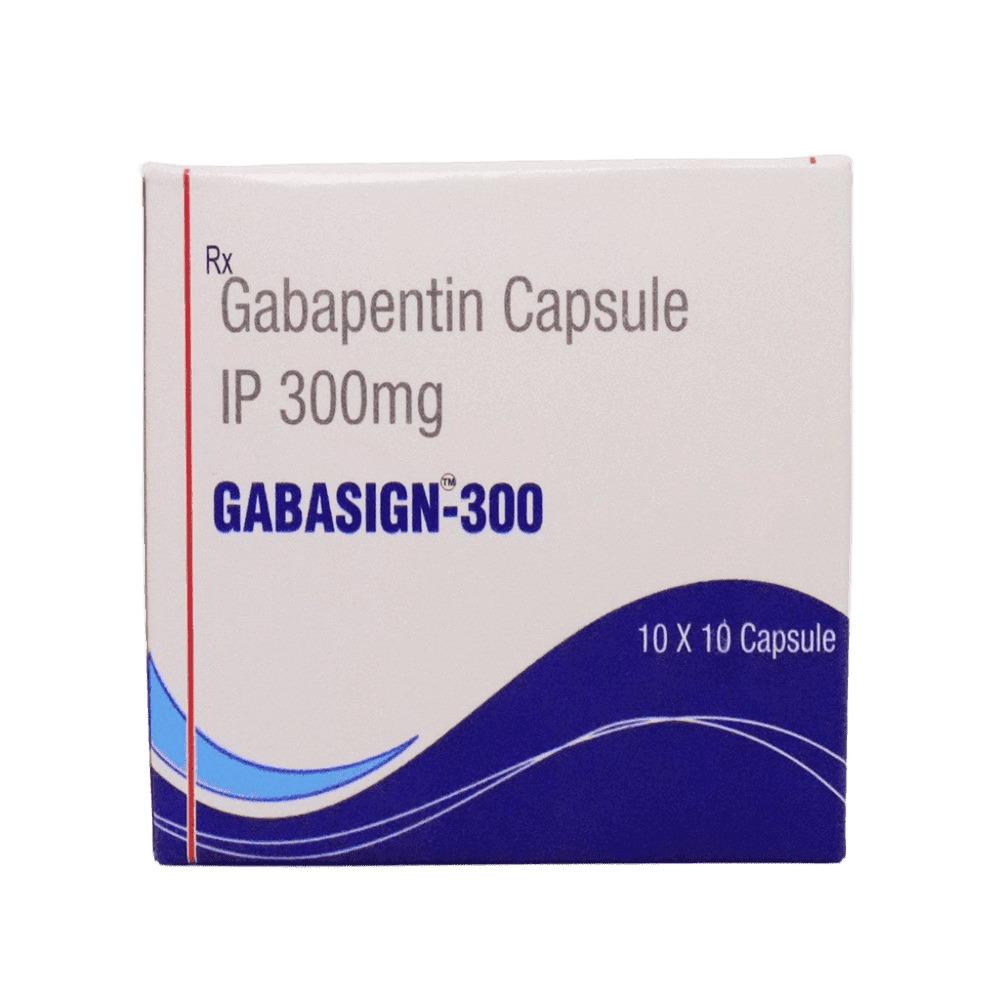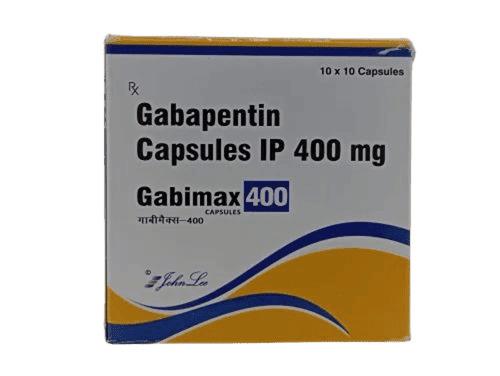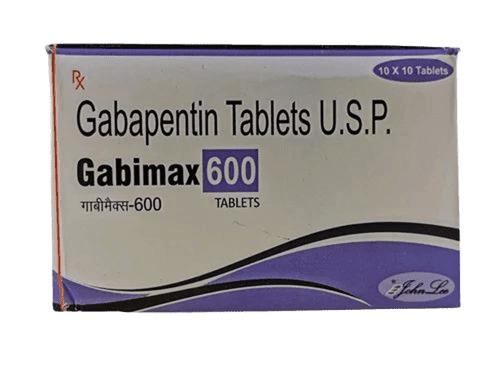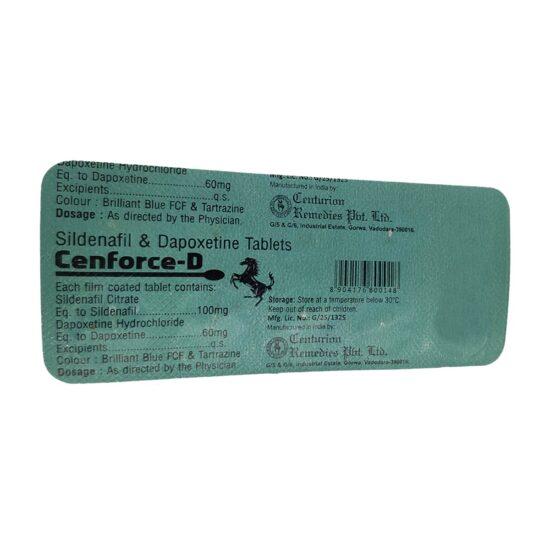Gabapentin is a synthetic analog of gamma-aminobutyric acid (GABA), originally developed as an antiepileptic drug (AED). Though structurally related to GABA, gabapentin does not bind to GABA receptors; instead, it modulates voltage-gated calcium channels by binding to the α2δ subunit. This results in decreased excitatory neurotransmitter release, making it effective in a range of neurological and psychiatric disorders.
Chemical Information
- IUPAC Name: 1-(aminomethyl)cyclohexaneacetic acid
- Molecular Formula: C9H17NO2
- 分子量: 171.24 g/mol
- CAS Number: 60142-96-3
- Drug Class: Anticonvulsant, Neuromodulator
薬力学
Gabapentin does not directly modulate GABA receptors but exerts its effects by binding with high affinity to the α2δ-1 and α2δ-2 subunits of voltage-gated calcium channels (VGCCs). This leads to:
- Reduced calcium influx in neurons
- Inhibition of excitatory neurotransmitters like glutamate and substance P
- Modulation of pain signaling in the spinal cord
適応症
Gabapentin is approved or widely used off-label for:
- Epilepsy (partial seizures, adjunct therapy)
- Neuropathic pain (postherpetic neuralgia, diabetic neuropathy)
- Generalized anxiety disorder (off-label)
- 線維筋痛症
- Alcohol withdrawal syndrome
- Restless Legs Syndrome (off-label)
用法・用量
Typical adult dosages vary by condition:
- てんかん: 900–1800 mg/day, in 3 divided doses
- 神経障害性疼痛: Start at 300 mg once daily, titrate to 1800–3600 mg/day
- Anxiety (off-label): 300–1200 mg/day
Titration is critical to minimize side effects, and abrupt discontinuation should be avoided to prevent withdrawal symptoms or seizure rebound.
薬物動態学
- 吸収: Bioavailability is dose-dependent (60% at 300 mg, drops with higher doses)
- 流通: Not significantly protein-bound; crosses the blood-brain barrier
- 代謝: Not metabolized by the liver
- 排泄: Renal elimination; unchanged
- Half-life: ~5–7 hours
副作用
よくあることだ:
- 眠気
- めまい
- Ataxia
- 疲労
- Peripheral edema
Rare:
- Mood changes
- Suicidal ideation
- Severe allergic reactions (DRESS syndrome)
Gabapentin may cause dependence in some individuals, especially at high doses or with long-term use. Caution is advised in individuals with a history of substance misuse.
Harm Reduction & Safety
- Avoid combining with other CNS depressants (e.g., alcohol, benzodiazepines)
- Renal function should be assessed regularly in chronic users
- Tapering is necessary to avoid withdrawal symptoms
- May impair cognitive and motor skills—caution with driving or machinery
Legal Status
- アメリカ: Prescription-only, Schedule V in some states due to abuse potential
- EU: Prescription-only, not scheduled
- 英国: Controlled (Class C, Schedule 3) due to rising misuse
Research and Emerging Uses
Gabapentin continues to be studied in:
- Chronic cough
- Migraine prophylaxis
- Social anxiety disorder
- PTSD-related sleep disturbances
Its role in modulating central sensitization makes it a candidate in multiple pain-related and psychiatric conditions.
結論
Gabapentin is a well-established neuromodulatory agent with a broad therapeutic range. Despite its relatively benign profile, responsible use and harm reduction are essential due to potential misuse and withdrawal risks. For researchers, it offers a powerful tool for studying calcium channel modulation and neuropathic pathways.







レビュー
レビューはまだありません。